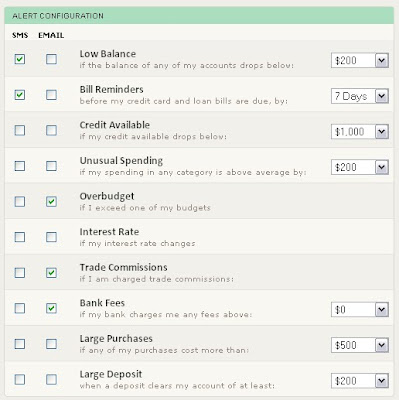One of the biggest causes of arguments, stress, and unhappiness in a marriage is money. Everyone knows someone who has argued with their spouse (or former spouse!) about money, and generally it isn't pretty. Whether it devolves into name calling, insults, or storming out, money fights are nasty business. So don't sabotage your marriage before you are even married! This post will cover some questions that you absolutely need to ask before you get married, as well as tips about what to avoid in financial discussions.
My fiance and I went to a marriage prep class last weekend, which is required by the Catholic Church before getting married. Although the class lasted two days and covered a wide range of topics, the one that made everyone chuckle/groan was the topic of finances.
Generally, people fall into one of three categories: Savers, Spenders, or a little of both. When Savers and Spenders get married, it can lead to some pretty intense 'discussions' about where money goes. If you don't handle these discussions the right way, or you can't find a way to reconcile your opinions, you're in for a rocky ride. If you can create a set of common priorities, though, you will be able to weather many storms.
For example, my mom is definitely a spender, whereas my dad is a saver. They have had their fair share of disputes over money, but they are still together after 25 years and two kids. The key to this is that they both had the same priorities - my brother and me. It was critical to them that we both received a good education and the opportunities to pursue our interests, without turning into spoiled brats. If they had to go without the fancy TV so that we could do Scouting or sports without going into debt, they did it.
They were also able to compromise. My mom would love to spend tons of money on nice clothes and a big house, whereas my dad would rather save for retirement and wear his clothes until they fell apart. They ended up reaching a middle ground, with a modest spending and plenty of savings. Sure, they still disagree sometimes, but that's normal when people have different opinions. The important thing is how they handle it.
Talking to your future spouse is critical, so that you are both on the same page once you get married. Here is a list of questions that you should answer before getting married, and a list of things to NEVER EVER EVER do when discussing money together.
QUESTIONS
1. Are you a Saver or a Spender, or somewhere in between? How will that affect your budget? (and you MUST have a budget!)
2. What are your financial priorities? (owning a home, children's education, travel, retirement savings, etc) Another critical factor to discuss here is whether your priorities are things or experiences. If you both like things, it might make more sense to get that flat screen TV. But if you like experiences, you might choose to spend the money on a weekend getaway or date nights.
3. Is the money you earn 'yours' or 'ours'? Will you keep separate bank accounts, combine them into one, or have a some of each?
4. Who will be in charge of paying the bills? Will you take turns, work as a team, or will one person take responsibility?
5. Do you have a will or trust account set up? If something happens to one of you, what happens to the assets and debt of the other person? Who is the beneficiary on life insurance policies, retirement plans, or other financial accounts? This is a slightly morbid, but necessary step in combining your lives. Planning for the death of a spouse might seem depressing at first, but God forbid it ever happens, the lack of stress on financial matters will be much appreciated.
NEVER EVER DO THESE THINGS
1. Do not discuss money if either of you are H.A.L.T. (Hungry, Angry, Lonely, Tired) This will only lead to crankiness and problems. Of course if it is an emergency, that's one thing. But if someone just had a hard day at work and needs to decompress, or is ravenously hungry, it might not be the best time to discuss the budget.
2. Never, ever call each other names, insults, or anything derogatory. This will only cause hurt feelings, and won't solve anything. You might feel like you've won temporarily, but in the long run you'll be hurting both of you. You should have left name-calling back in grade school - don't bring it into your marriage. Nobody is dumb, stupid, or anything like that. If you truly think so, you shouldn't be getting married!
3. Do not leave your spouse out of financial decisions. Even if you have agreed that one of you will be responsible for paying bills and handling the finances, make sure that both of your priorities are represented, and that you both know your financial situation. If you choose to be a one income household to raise children, the person without a career should not feel trapped. Do not play mind games with money. It's important for both of you to know your financial situation in case anything happens to the main bill-payer. If he or she becomes incapacitated, bills still need to be paid.
Our Favorite Things of 2025
6 days ago








